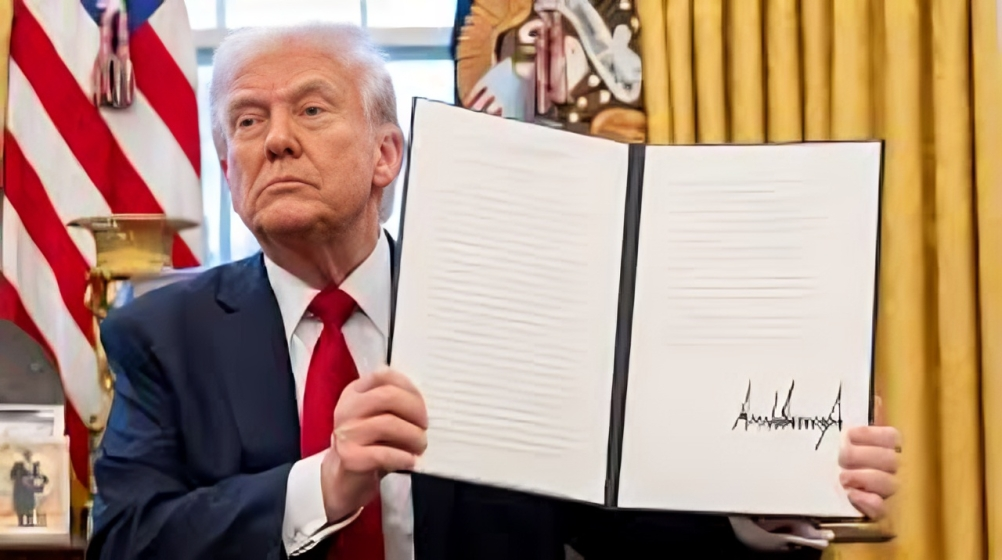The US Court of International Trade has blocked President Donald Trump’s trade tariffs. The court ruled that he lacked the authority to impose them. This decision could reshape US trade policies and impact businesses.
The Court’s Ruling: A Big Setback for Trump
The court declared that Trump wrongly used emergency powers. It emphasized that the US Constitution grants Congress the power to manage trade with other countries. Small businesses and state governments challenged the tariffs, arguing they violated the Constitution.
Trump’s team claimed the International Emergency Economic Powers Act (IEEPA) of 1977 gave him the authority. This law was designed for national security threats. But the court said it didn’t allow tariffs on countries that posed no direct threat.
How It Affects Politics and the Economy
This decision marks a turning point in Trump’s trade war. It created tension with major US trading partners, including China, Canada, and the European Union. The White House plans to appeal.
White House Deputy Press Secretary Kush Desai criticized the ruling, saying, “It is not for unelected judges to decide how to properly address a national emergency.” In contrast, New York Attorney General Letitia James praised the decision, saying, “The law is clear: no president has the power to single-handedly raise taxes whenever they like.”
What’s Next?
The White House has 10 days to start rolling back the tariffs. Some tariffs are already on hold. If the appeal fails, US Customs and Border Protection (CBP) will notify businesses about the changes.
Businesses that paid tariffs could receive refunds with interest. This includes Chinese goods that once faced tariffs as high as 145%, now reduced to 30%. However, John Leonard, a former CBP official, said businesses must keep paying tariffs for now.
The market has reacted in mixed ways. Some investors feel the decision brings stability, while others worry about future uncertainty, especially during the appeal.

How Global Trade Could Change
Trump’s tariffs aimed to protect US manufacturing and reduce trade deficits. They targeted steel, aluminum, and many consumer goods. Other countries retaliated with their own tariffs, creating global trade uncertainty.
The trade war between the US and China pushed tariffs as high as 145% and 125%. Recently, both countries agreed to lower these tariffs. US tariffs dropped to 30%, and Chinese tariffs fell to 10%.
Trump also threatened a 50% tariff on European Union goods. But he delayed it after EU Commission chief Ursula von der Leyen asked for more time.
What About the UK-US Trade Deal?
This ruling might impact the UK-US trade deal. Both countries had agreed to lower tariffs on goods like cars, steel, and aluminum. This was seen as a positive step after Brexit.
However, the 10% tariff on UK goods may no longer stand. It was part of the tariffs the court blocked. The UK government has not commented yet, but it says it aims to help British businesses.
PBKS vs RCB Qualifier: Who Will Make the Cut? Predicted XIs & Head-to-Head Insights


[…] US Trade Court Blocks Trump’s Sweeping Tariffs: What Happens Next? […]
[…] US Trade Court Blocks Trump’s Sweeping Tariffs: What Happens Next? […]
[…] US Trade Court Blocks Trump’s Sweeping Tariffs: What Happens Next? […]